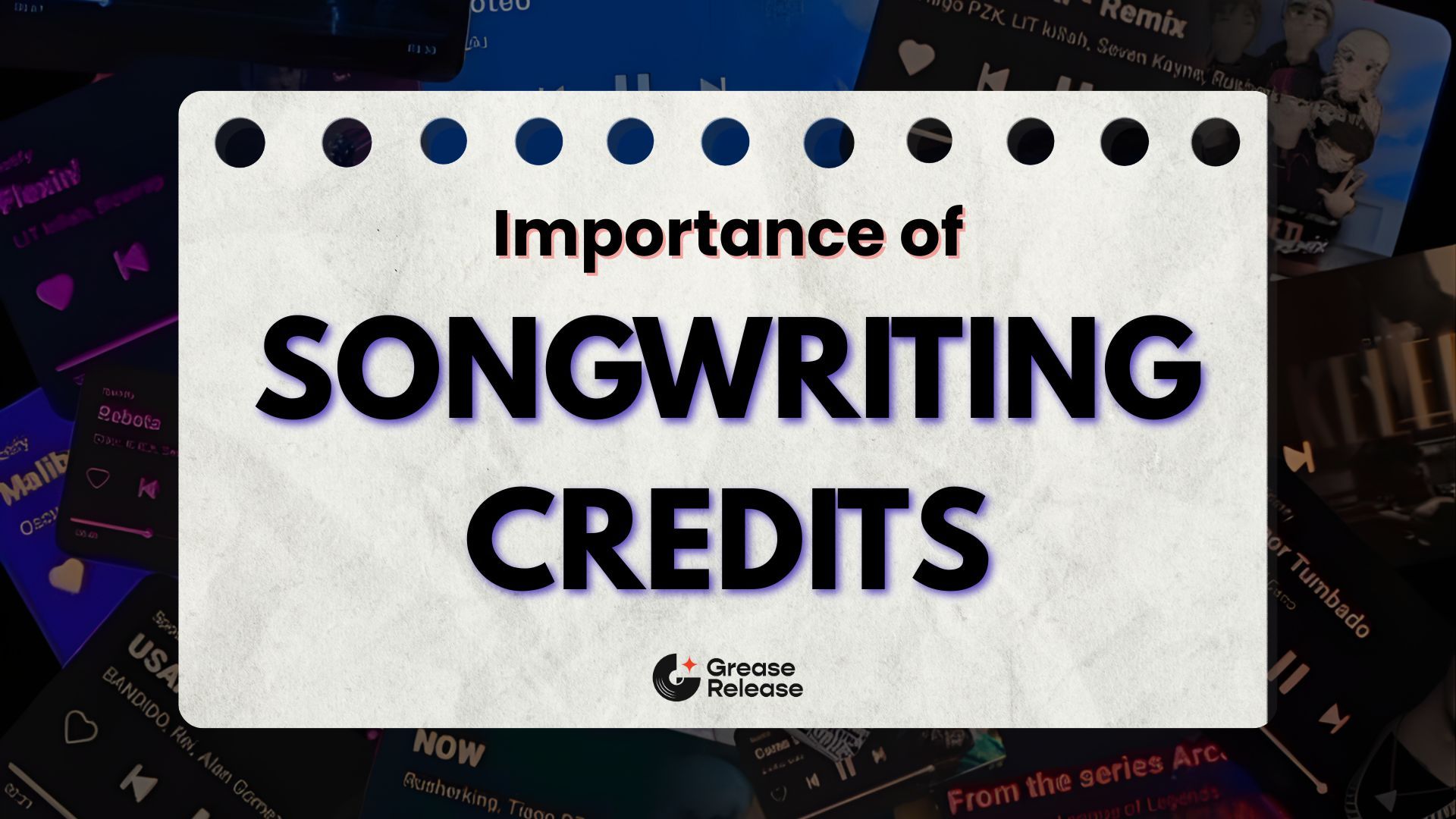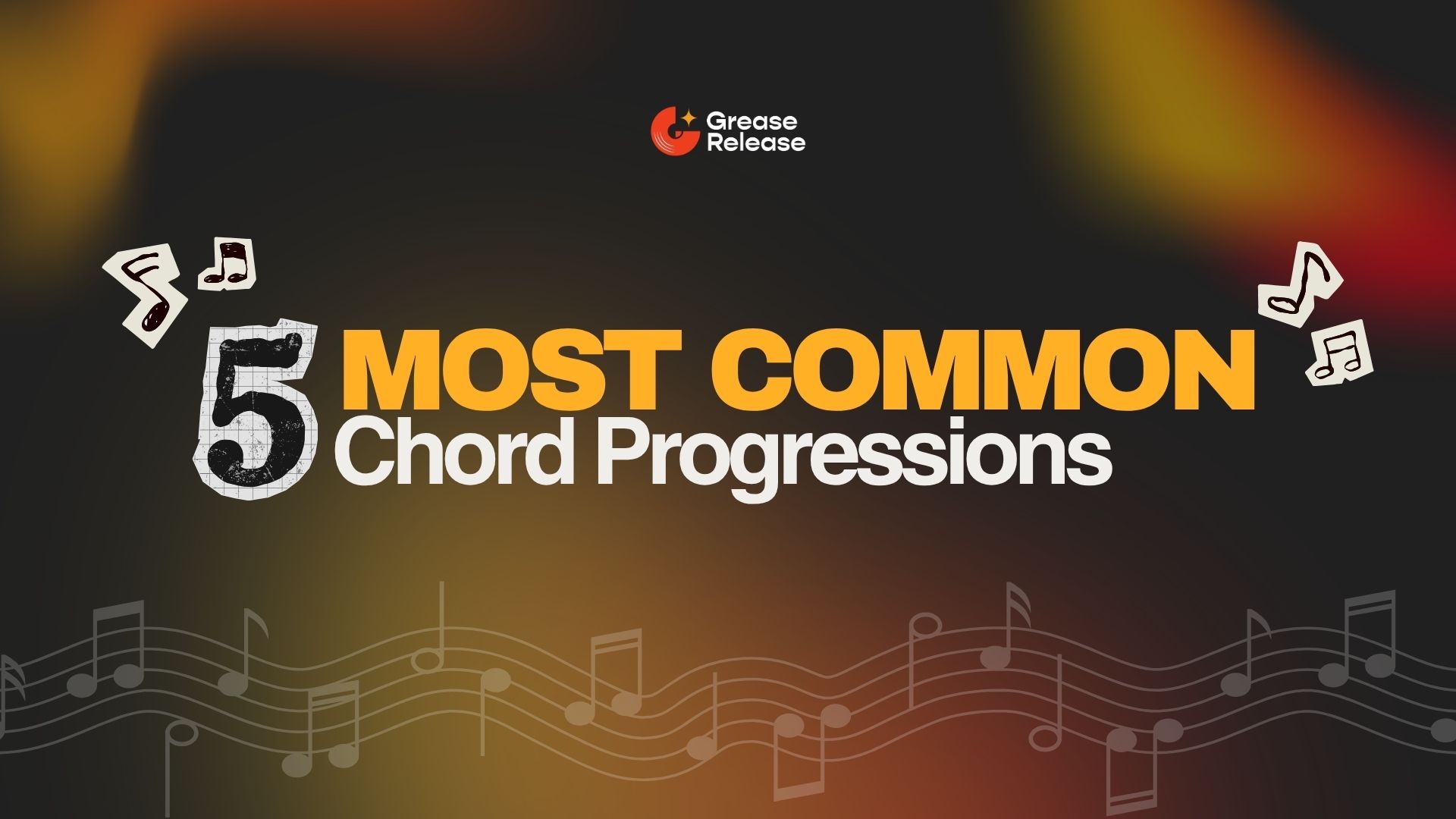
What is a Split Sheet?
May 14, 2024Drafting Split Sheets 101
You must have heard the term split sheet in conversations with different working professionals in the industry. As an independent musician should you concern yourself with split sheets? Why do people seem so serious when they talk about it? Is it a tedious process? Also, read till the end if you want access to a FREE split sheet template :)
In this article, we have tried to answer a few questions:
What is the purpose of a split sheet?
Split sheets are basically a written document that encloses a contract or an agreement that recognizes all the possible contributors and the ownership percentages allotted to each contributor. This becomes a very important factor when you are working on projects that involve multiple music artists or you are working in collaboration with another musician. Think of this document that legitimizes the rights and ownership of all the musicians working on the music together. This could be songwriters, producers, vocalists/singers, and so on. It is meant to erase any misunderstanding or future conflicts about the rights and royalties.
Pssst…come here: They not only clarify ownership and allocation of royalties for a song, but they also aid in efficient and precise metadata management. Metadata, including song titles, songwriter names, and ownership percentages, is critical for tracking and handling royalties in the music industry. This means that whatever you guys mention on streaming apps like Spotify, Apple Music and so on, depends on the metadata mentioned in the split sheet.

A very important factor here is that a split sheet helps you get your royalties from the authenticated organizations and authorities. Songwriter split sheets make it easier to register your songs with Performing Rights Organizations (PROS) and other music revenue collection bodies, ensuring that payments are paid on schedule and accurately. There are other advantages to employing split sheets in the music industry.
How to create a split sheet?
Although it pretty much suffices as the first legal document, making a split sheet isn’t really that tedious, and nor is it actually as taxing as it sounds.
These are the steps that go into making a split sheet!
- Identify all contributors: Compile a list of anyone who participated in the production process, encompassing writers, producers, and singers.
- Determine contributions: Describe every contributor’s function and their amount of ownership in the song. This covers composing music, production, and singing credits.
- Draft the split sheet: Use a basic split sheet layout, (we have made just the template you need, keep reading), or construct an original one with fields for each contributor’s name, contact data, contributions particulars, and their proportion of shareholding.
- Review and finalize: Check the split sheet with everyone concerned to guarantee its reliability and impartiality. Make any modifications that are required before finishing the paper.
- Signatures: Once everybody has agreed to the parameters indicated in the split sheet, everyone who contributed should sign the paper to make it enforceable by law.
Pssst…come here: Let’s not forget the obvious details you have to include such as the song title, basic song description, duration of the song, and so on. You could also mention any provision for amendment or any instances where changes to the split change can be made and can also be viable.
The proportion of ownership for all contributors must be equal to 100%. The shares assigned to lyrics and melodies for each contributor have to match the number of contributors for the track. For instance, two songwriters control the rights of a song equally. As a result, the total division would be 50/50 between writer one and writer two.
Who signs a split sheet?
The split sheet should be signed by all contributors who helped create the song. This encompasses writers, producers, and artists. By signing the split sheet, every participant recognizes their part in contributing to the music and accepts the rules for copyright and allocation of royalties and credits.
While the split sheet is pretty common for performers, it is to be signed by session musicians, engineers, and even sample creators on a few occasions. The number of people who can sign a split sheet is not strictly limited. Split sheets are meant for handling numerous contributors, ensuring that everyone engaged in the song's production is correctly acknowledged and paid.

Just so you know, the absence of a split sheet is considered a red flag. Sync licensing agents and music managers may refuse to stand for a song unless a split sheet and/or songwriter’s agreement is in effect. So you may want to take this seriously.
When should a split sheet be signed?
It is critical to sign a split sheet as early as possible in the collaboration process, ideally when any serious work on the music begins. Completing the split sheet beforehand allows everyone involved to create definitive guidelines about rights and ownership from the start, reducing the likelihood of disagreements or conflicts arising during the process of making the music. It doesn’t make any sense if you guys indulge in legal disputes after the release of the song, does it? Doing it as soon as it’s well established about who is doing what and how much, will remove any possible misunderstanding in the future.
Some musicians think it is best to sign the split sheet before the songwriting process. Someone involved in the process may refuse to sign a music publishing split sheet (or any other agreement) so often managers, and attorneys along with the musicians usually push to sign the split sheet before the songwriting process even begins.
Now there are other artists too who assert that signing it after the first songwriting session makes more sense. It basically allows you to assess the nature of your music collaboration and ensures that everyone's interests are in agreement with the terms set in the written agreement. It also indicates a dedication to honesty and equality, which builds confidence and mutual respect among partners.
Pssst…come here: Give some time for all the collaborators working with you to fully understand the split sheet, the terms, and all the details. We recommend bringing the split sheet along with you if you are the lyricist, for perusal and discussion with an attorney.
How to use a split sheet?
A split sheet (after it is signed by all contributors) is an agreement outlining the ownership and distribution of a song's revenues and credits. It must be used anytime royalties are obtained or disbursed to ensure every participant gets their fair portion according to the proportions specified in the split sheet. Furthermore, the split sheet can be utilized as proof if there is a dispute or disagreement over ownership or royalties, allowing matters to be resolved promptly and fairly.

We have made a FREE split sheet template just for you! Click here and copy-paste the template!
Even though it may seem like a long process, it is important to have a split sheet if you are working with multiple artists and musicians in the industry. Make sure you have an operating split sheet!
We at GreaseRelease, have a bunch of curators on our network who are looking for new & exciting music to push on their massive playlists. If you make music and want to reach a wider audience, check out our submission platform and get a chance to reach millions of listeners! Submit your tracks now!
Studies show that 80% of musicians constantly feel overwhelmed and we want to take that load off by helping you stay organized that's why, my team and I created the ProdPro 2.0
The ProdPro 2.0 is the ultimate organization tool built by and for musicians. Click here to learn more.
Don't miss my newsletter!
Join me on a music entrepreneurship journey with new tips and tricks delivered straight to your inbox.
We hate SPAM. We will never sell your information, for any reason.




